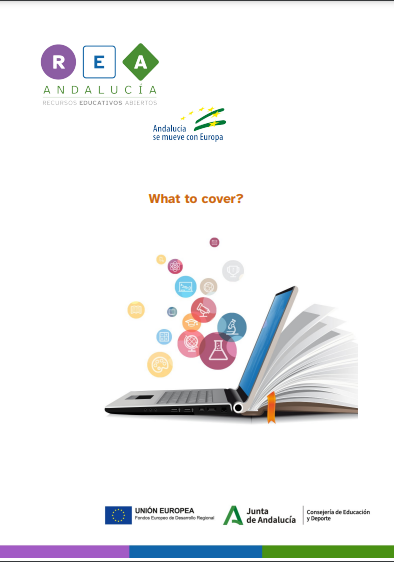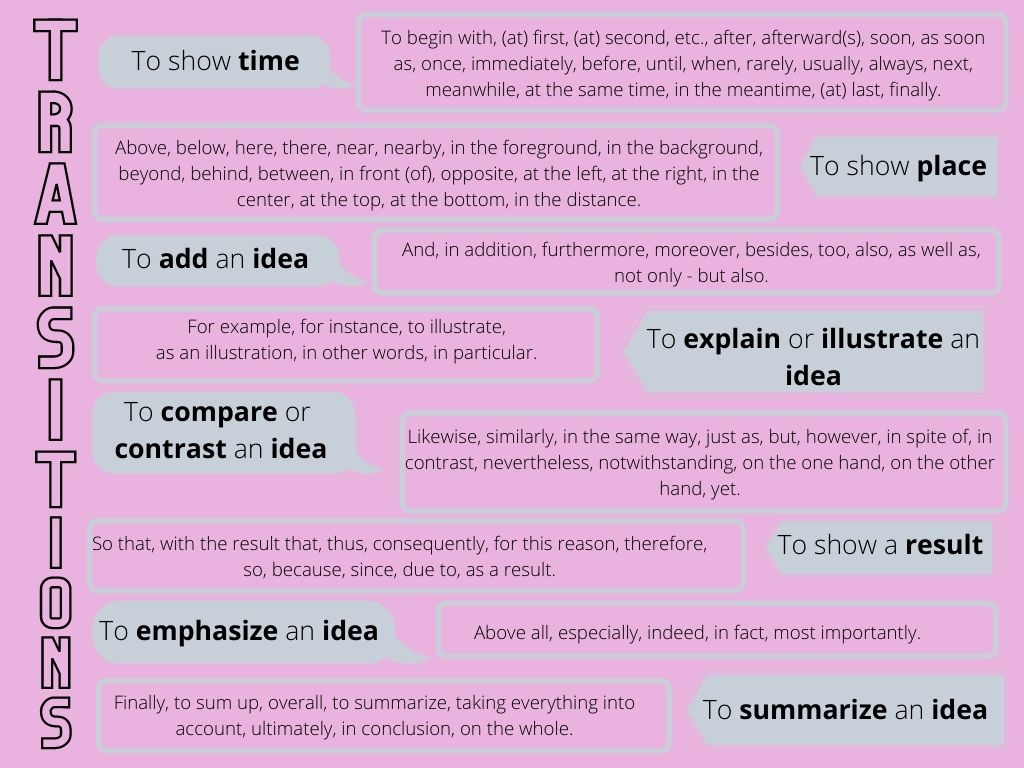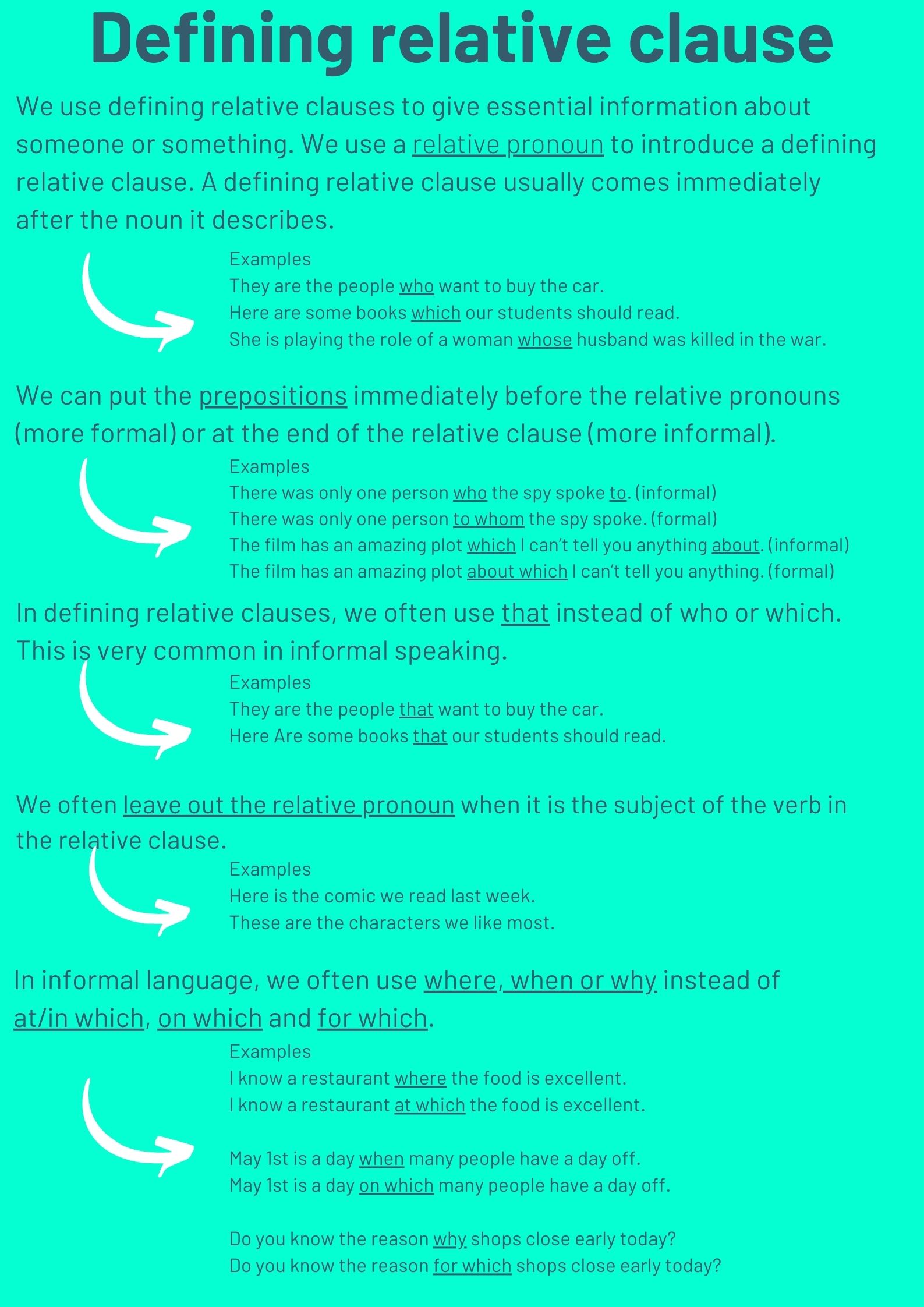Dictionary
Appealing
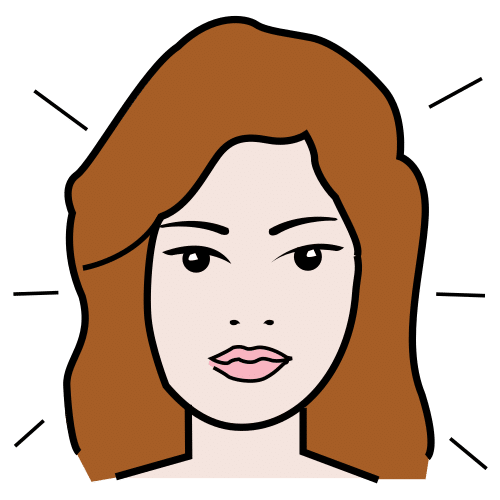
- Definition:
-
Someone or something that is pleasing and attractive.
-
Alguien o algo que es agradable y atractivo.
- Example:
-
The projects seem appealing.
-
Los proyectos parecen atractivos.
- Spanish word:
-
Atractivo o atractiva
- Audio:
Edge

- Definition:
-
The part of something that is furthest from the middle.
-
Extremo de un objeto.
- Example:
-
This game will keep you on the edge of your seat!
-
¡Este juego te tendrá al borde del asiento!
- Spanish word:
-
Borde
- Audio:
Keen

- Definition:
-
Enthusiastic about something.
-
Que siente entusiasmo o que lo muestra.
- Example:
-
She’s keen on romantic comedies.
-
Es fanática de las comedias románticas.
- Spanish word:
-
Fanático o fanática
- Audio:
Knock down
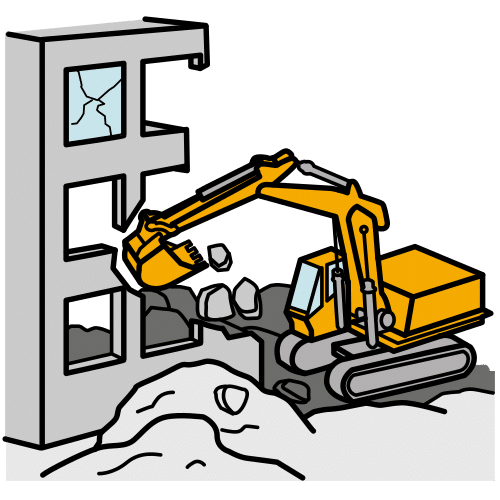
- Definition:
-
To strike to the ground.
-
Derribar al suelo.
- Example:
-
A player must knock down an opponent’s tower.
-
Un jugador debe derribar la torre de su oponente.
- Spanish word:
-
Derribar
- Audio:
Panel

- Definition:
-
An individual frame, a single drawing in a comic.
-
Un recuadro individual, un único dibujo de un cómic.
- Example:
-
Here you have a panel of the superman comic.
-
Aquí tienes una viñeta del cómic de superman.
- Spanish word:
-
Una viñeta del cómic
- Audio:
Smoothly
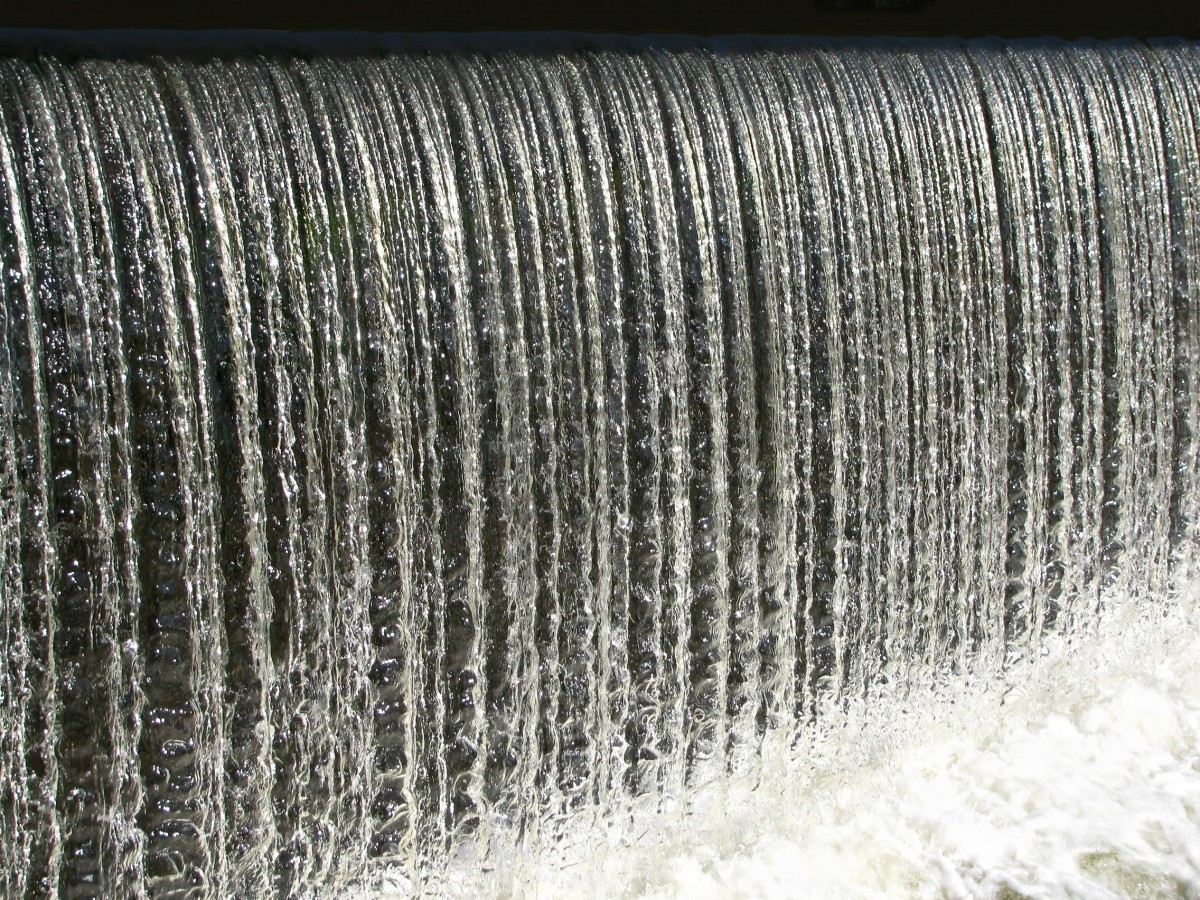
- Definition:
-
Without problems.
-
Sin problemas.
- Example:
-
This project is going smoothly.
-
El proyecto está desarrollándose fluidamente.
- Spanish word:
-
Fluidamente
- Audio:
Spell
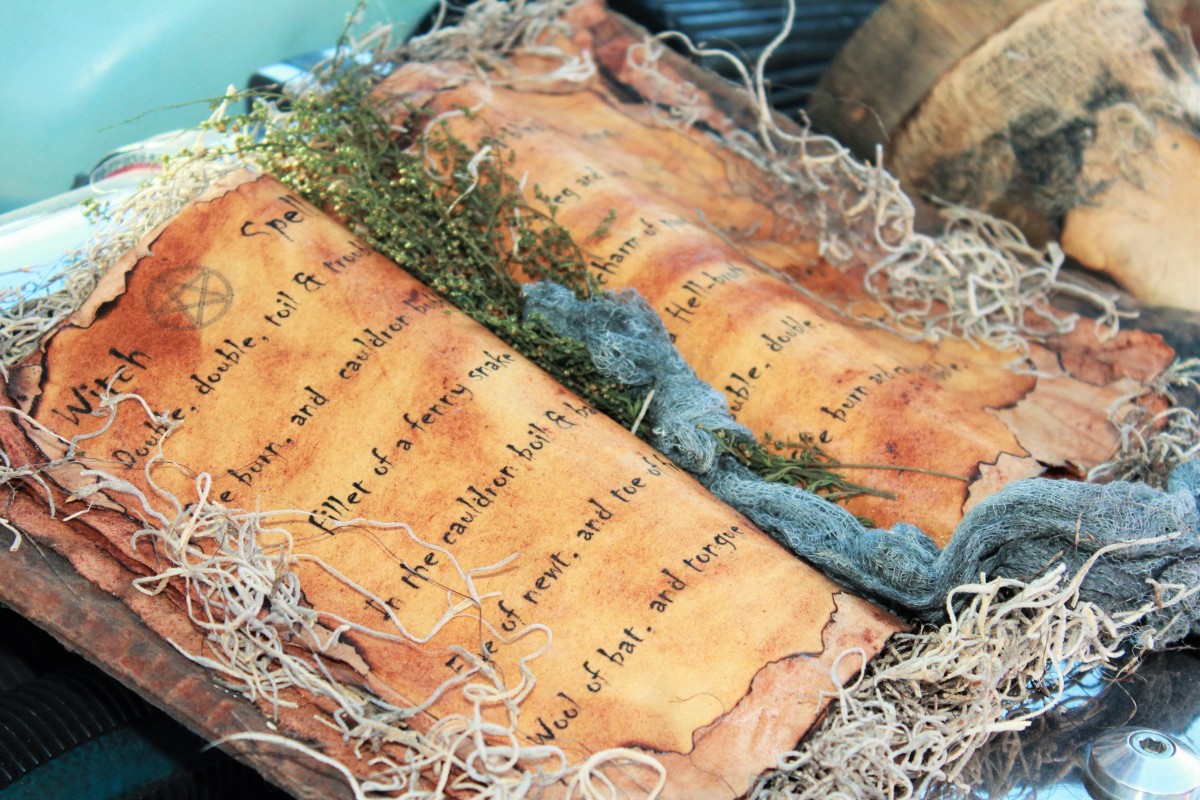
- Definition:
-
A word or phrase believed to have magic power.
-
Una palabra o frase con poder mágico.
- Example:
-
The true love between Elsa and Anna breaks the spell.
-
El verdadero amor entre Elsa y Anna rompe el hechizo.
- Spanish word:
-
Hechizo
- Audio:
Witty
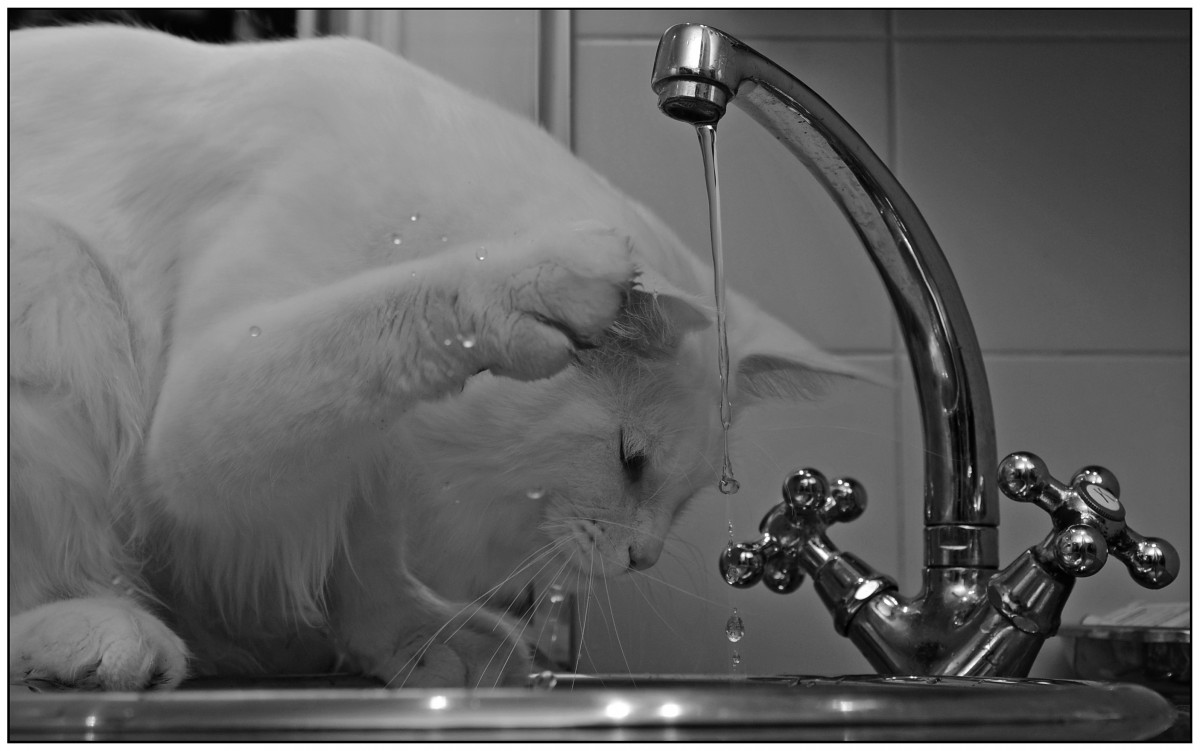
- Definition:
-
Having or showing intelligence.
-
Que tiene ingenio.
- Example:
-
Tina told a witty joke that made everyone laugh.
-
Tina contó un chiste ingenioso que hizo reír a todo el mundo.
- Spanish word:
-
Ingenioso o ingeniosa
- Audio:
Be worth

- Definition:
-
Having or showing value.
-
Tener valor.
- Example:
-
How do you know if a book is worth reading?
-
¿Cómo saber si un libro merece la pena leerlo?
- Spanish word:
-
Valer la pena
- Audio:
 In this section, we will focus on the review itself: its structure and its defining relative clauses used to add information.
In this section, we will focus on the review itself: its structure and its defining relative clauses used to add information. 